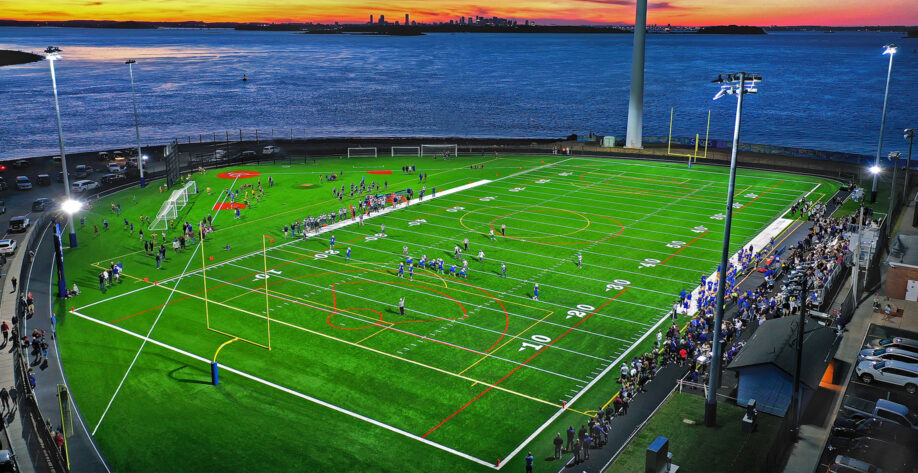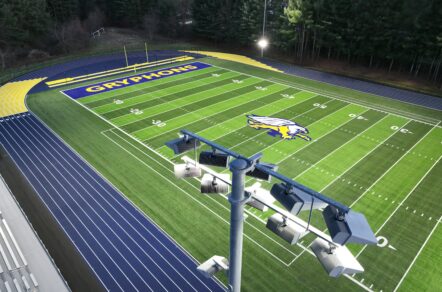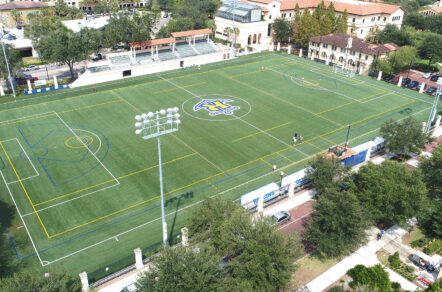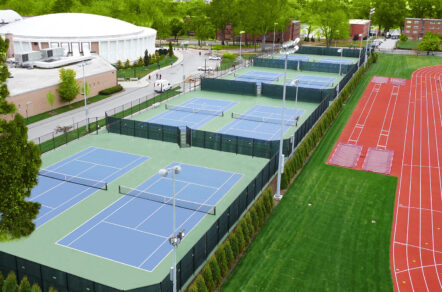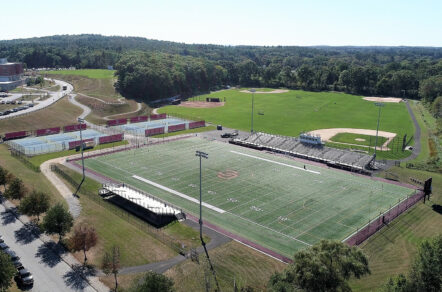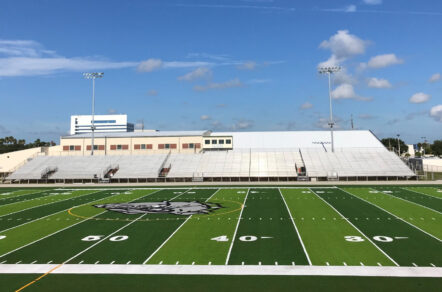The Athletic Facilities Planning and Design Group provides comprehensive feasibility studies, master planning, engineering, permitting, design, bid, and construction phase services for public and private clients.
We design high-use athletic fields, both natural and synthetic turf, running tracks, hardcourt facilities and associated amenities, such as lighting, grandstands, press boxes, etc. We help our clients to bring their athletic and recreation visions to reality.
Services We Provide
- Master Planning
- Feasibility Studies
- Engineering, Design and Permitting
- Bid Phase Assistance
- Construction Phase Services / Resident Engineering
- Construction Administration
- Field Testing (GMAX and HIC)
- Landscape Architect Design and Consulting
